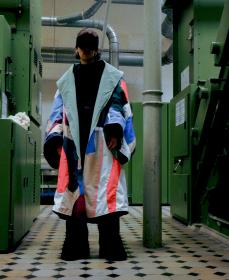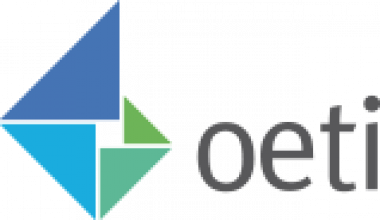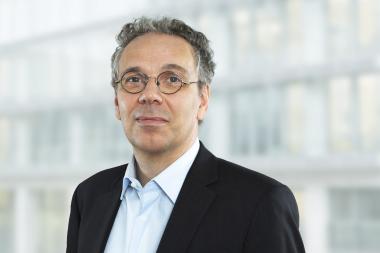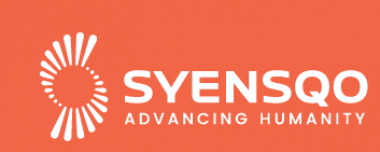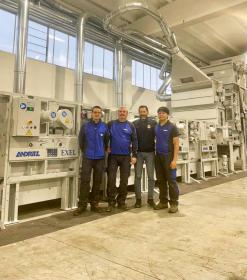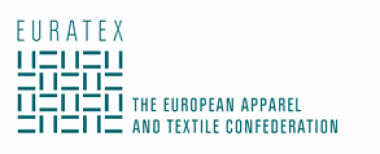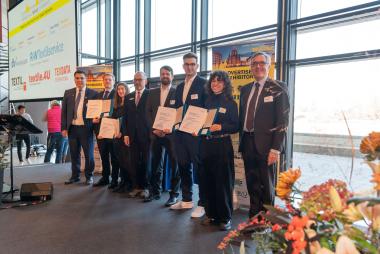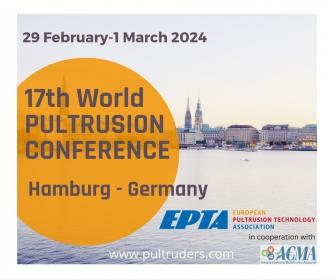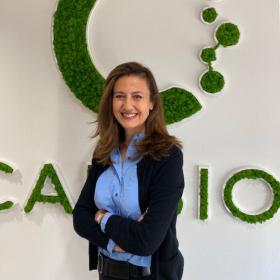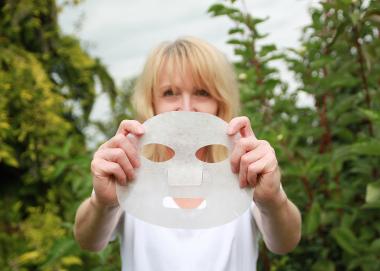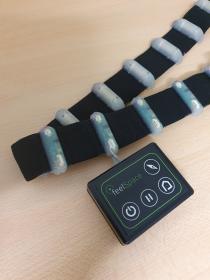INDA, NWI announce 2024 Nonwovens Training Courses Schedule
INDA, the Association of the Nonwoven Fabrics Industry, and The Nonwovens Institute (NWI), have announced their 2024 workforce development program. The INDA/NWI portfolio of training content covers the full spectrum of the nonwovens value chain, ranging from raw materials to processes to products.
Jointly organized courses include a combination of classroom learning supported by hands-on activities in NWI’s world-class nonwoven production and testing labs on the Centennial Campus of North Carolina State University. Each course is designed to be accessible and valuable to those who are new to the nonwovens industry and/or come from a non-technical background, as well as seasoned nonwovens professionals.
2024 INDA/NWI Workshops Schedule:
- Elementary Nonwovens
January 23-24, 2024 - Intermediate Nonwovens
February 6-9, 2024 - Meltblown Technology
February 27-29, 2024 - Spunbond Technology
March 19-21, 2024 - Intermediate Nonwovens
April 30-May 3, 2024 - Elementary Nonwovens
May 7-8, 2024 - Nonwoven Fabric Property Development and Characterization
June 4-7, 2024 - WIPES Academy
June 17-18, 2024 - Fiber and Filament Extrusion Fundamentals
July 24-27, 2024 - Nonwoven Product Development and Innovation
August 13-16, 2024 - Absorbent Hygiene Course
August 27-29, 2024 - Elementary Nonwovens
September 10-11, 2024 - Carded Nonwovens Technology
October 3, 2024 - Intermediate Nonwovens
October 15-19, 2024
Short Course Value Packs
New this year, INDA and NWI are offering a Short Course Value Pack program, enabling companies to purchase a block of registrations, which can be used by any combination of employees to register for any combination of training courses, at a discounted rate. Value Packs are available in bundles of 5, 10, 15, and 20 registrations, with discounts ranging from 10 percent to 25 percent, depending on the size of the Value Pack.





